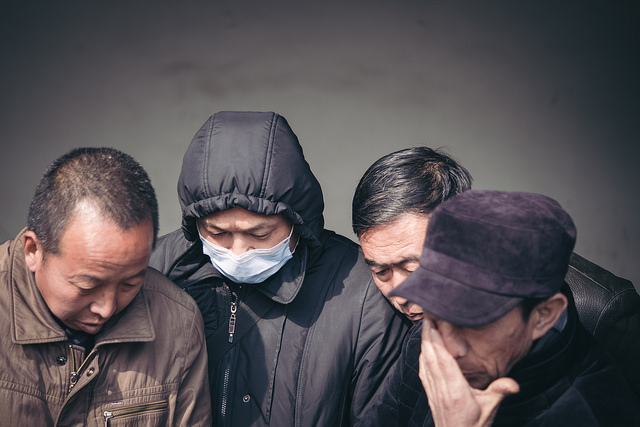Accessible Healthcare in China
 In 2016, China’s population amounted to nearly 1.4 billion. Among this population, the World Bank reported that the life expectancy at birth was an estimated 76.3 years, significantly higher than that of 1976—about 64.6 years. With such a large population and a GDP of $12.2 trillion, attaining equitable and accessible healthcare in China has been an ongoing concern.
In 2016, China’s population amounted to nearly 1.4 billion. Among this population, the World Bank reported that the life expectancy at birth was an estimated 76.3 years, significantly higher than that of 1976—about 64.6 years. With such a large population and a GDP of $12.2 trillion, attaining equitable and accessible healthcare in China has been an ongoing concern.
In 2009, China’s government set five major goals. According to China Business Review, the primary healthcare reform goals include extensive plans to broaden basic healthcare coverage, establish a national essential drug system, expand infrastructure for grassroots medical networks, provide equal access to basic public healthcare services and implement pilot reform of public hospitals. These goals will also include addressing the gap in healthcare accessibility between urban and rural regions. Below is a breakdown, highlighting how each objective has been approached within the last decade.
Medical Insurance
According to the book China’s Healthcare System and Reform edited by Lawton Robert Burns and Gordon G. Liu, there are three main public medical insurance programs that reach about 95 percent of China’s population: Urban Employee Basic Medical Insurance (UEBMI), Urban Resident Basic Medical Insurance (URBMI) and the New Cooperative Medical Scheme (NCMS). Moreover, there is a National Reimbursement Drug List (NRDL) put out by the Ministry of Human Resources and Social Security, which sets the agenda as to which specific drugs are reimbursed by insurance and to what amount.
In public health insurance, the government aims to increase coverage to 100 percent by 2020 as well as reduce out-of-pocket spending costs to lower than 30 percent. So, far several provinces have already reduced co-pays.
The government also supports a more active role for private health insurance in its goal of attaining full coverage of its nearly 1.4 billion populace. This remains a developing program and faces challenges such as a lack of standardized treatment practices in China’s public hospitals.
National Drug System
To increase accessible healthcare in China, the government also reformed its drug supply policy. China’s Essential Drugs List (EDL) was established in 2004 to set the criteria for the “minimum number of molecules needed to cure the broadest spectrum of diseases at the lowest possible cost.” An updated EDL was announced in May 2013, covering 520 molecules, up from 307 in 2009. Drugs were also extended to include diseases such as cancer, blood disease and psychiatric disorders.
Healthcare Services
As noted by the China Business Review, China designated three billion U.S. dollars toward the improvement of grassroots medical networks in 2009. In that same year, the Ministry of Finance (MOF) reported its support of 34,000 hospital constructions in towns and townships.
Incentives are being used to encourage medical students to seek work in rural areas by offering subsidies of 6000 RMB, roughly $900. Additional public hospital reforms are in place that center reform on system administration, management and upgrades to the quality of medical services provided. For example, in 2009, the Ministry of Health (MOH) issued a list of required and essential medical equipment to be held by community centers and rural clinics.
Public Health Service
As a result of government investment in 2012, clinical training programs were established in rural regions in order to train 4.95 million physicians and other health practitioners, enabling accessible healthcare in China. By 2013, the percentage of physicians holding undergraduate degrees had increased from 30.8 to 35.3 percent.
Changes in Public Hospitals
China aims to make public hospitals cost-effective and sustainable in four ways. First, China will adjust its funding source to government subsidies and medical services. Reforms in cost control will limit cost on copays and set caps on deductibles, and management transformation will set clear key performance indicators for increased quality and efficiency. Lastly, China will implement a redistribution of resources that will ensure that important resources will be shared by hospitals in the cities with hospitals in rural areas.
Health policy reforms are now more promising in attaining accessible healthcare in China. Making effective healthcare available in all regions, urban and rural, is crucial to reducing poverty and improving the standards of living.
– Christine Leung
Photo: Flickr
